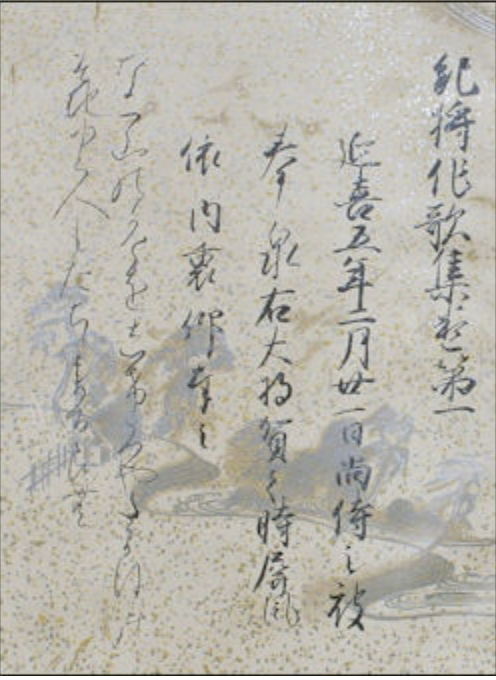
This week we went to the Trexler Library and learned about an application called Zotero. Zotero is a plug-in for a computer that allows a person, and more importantly, any people in a group to create and share citations. This application was shown to us as a way to more efficiently cite sources when we are looking for articles for our papers in and out of this class. During class, we installed Zotero and its chrome extension as well. The chrome extension allows for a quick citation as it is only a click of a button. Also, we learned how to search for books in the library. We searched for books that were related to our course topic using the first three numbers of their ID number. After finding the section we then used the numbers after the decimal point to further pinpoint the exact location of the book. We used the alphabet letters after it to locate where the book was located in the rows of books on that specific shelf of the library. This skill is very important to find books of interest. For example, we then looked next class at the Kokinshū and the interesting poems within it.
The Kokinshū is a collection of 1,111 Japanese poems, which have many poems that revolve around the ideas of miyabi and/or (mono no) aware. A commentary on the ideas of miyabi and (mono no) aware by Barbara Stevenson, states “The prevailing sensibility was aware, intense emotion stemming from the Buddhist realization of the ephemeral beauty of this world, and expressed in the arts through principles of elegant aesthetics (miyabi)” (Stevenson, 2)1. Stevenson writes that the idea of (mono no) aware is more on the non permanence of things, that because things are not permanent they are even more beautiful. Also, Stevenson explains that miyabi focuses on elegance and sophistication. For example poem 222 in the Kokinshū says,
“Should I pluck the drops of dew to thread as jewels
they’d vanish:
best see them as they are,
set on boughs of clover” (Anonymous, 155)2.
This poem shows (mono no) aware with the latter half of the poem focusing on appreciating the beauty of nature in its time. To accentuate this point the poet adds ‘they’d vanish: best seem them as they are’ as a way to show that people should focus on the present day beauty of the world around them. Moreover, the poem also illustrates miyabi when the poet refers to ‘drops of dew to thread as jewels’. By using a simile in the form of drops of dew as being referred to as jewels the author is showing the elegance and refinement associated with miyabi. To further this point, it is believed the Nara emperor wrote the poem as well. Art and nature were important for aristocratic life. These concepts were prevalent and created in the Heian period where the period is known for its refined and artistic court culture.
Bibliography
Kokinshu (Collection of Ancient and Modern Poems). From: Shirane, Haruo, ed. Traditional Japanese Literature : An Anthology, Beginnings to 1600. Abridged ed. Translations from the Asian Classics. New York: Columbia University Press, 2012. (PDF)
Stevenson, Barbara. “Heian period.” In Encyclopedia of Medieval Literature, by Jay Ruud. 2nd ed. Facts On File, 2014. https://muhlenberg.idm.oclc.org/login?url=https://search.credoreference.com/content/entry/fofmedieval/heian_period/0?institutionId=4200
- Stevenson, Barbara. “Heian period.” In Encyclopedia of Medieval Literature, by Jay Ruud. 2nd ed. Facts On File, 2014. https://muhlenberg.idm.oclc.org/login?url=https://search.credoreference.com/content/entry/fofmedieval/heian_period/0?institutionId=4200
- Kokinshu (Collection of Ancient and Modern Poems). From: Shirane, Haruo, ed. Traditional Japanese Literature : An Anthology, Beginnings to 1600. Abridged ed. Translations from the Asian Classics. New York: Columbia University Press, 2012. (PDF)
Leave a Reply